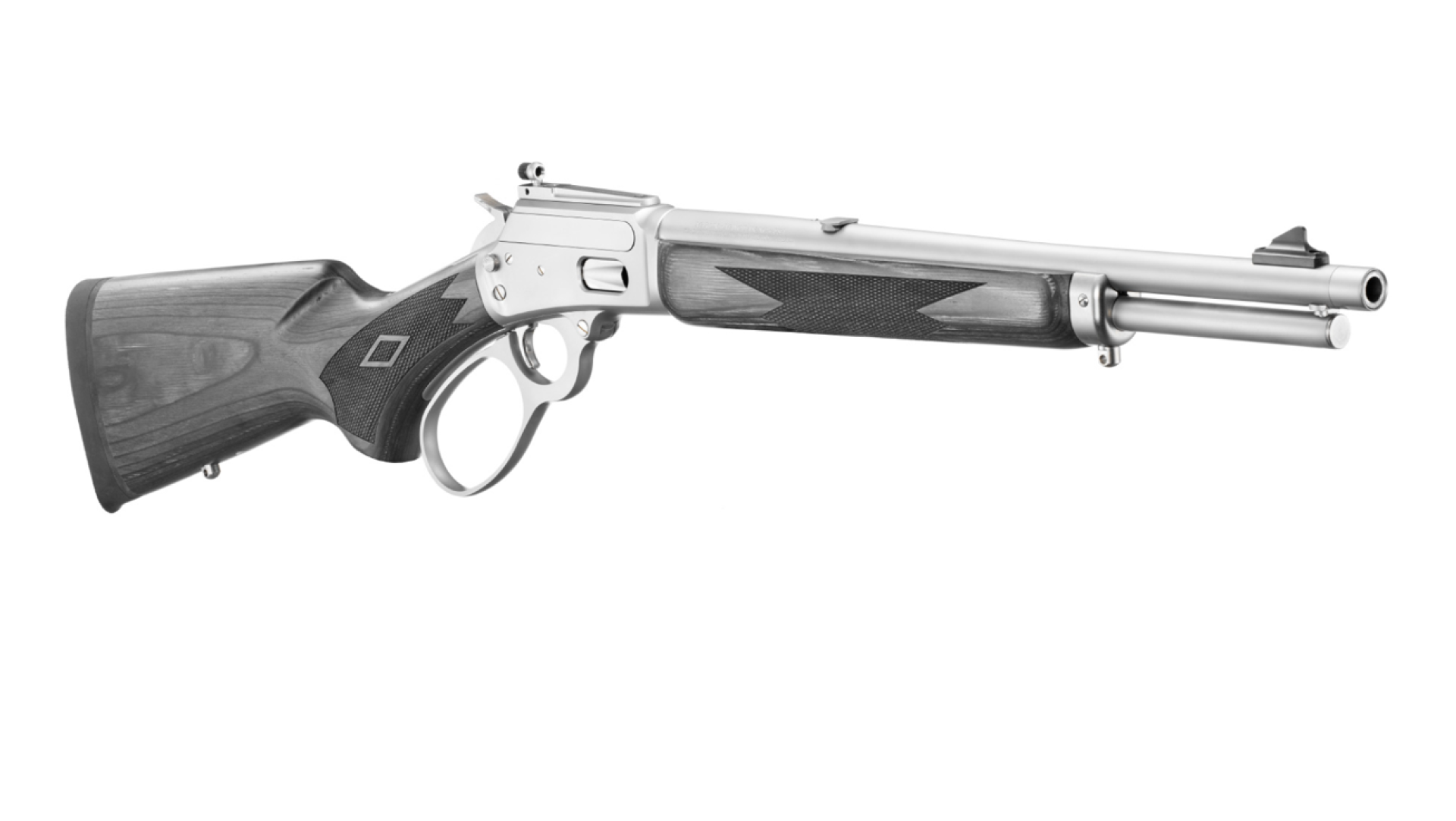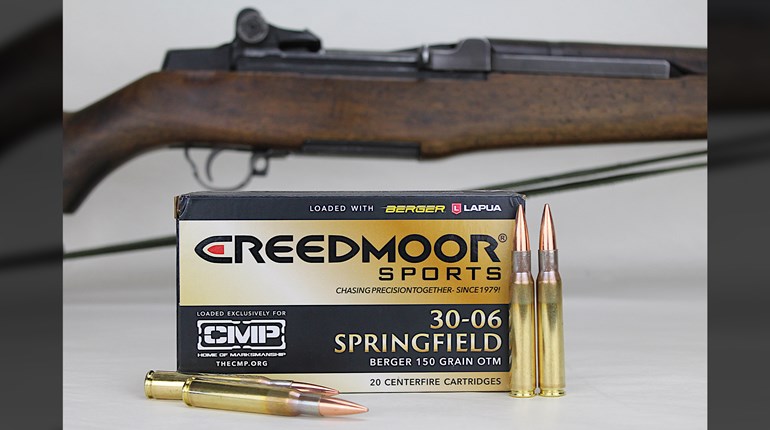
You've almost certainly heard of the M1 Garand, but there are so many things to know about this iconic rifle that you just may never have heard.
1. General George S. Patton, Jr., said of the gun, “In my opinion, the M1 rifle is the greatest battle implement ever devised.” That quote pretty much sums up the mystique of the rifle that served U.S. military forces during World War II, the Korean War, and to a limited extent, even into Vietnam. Beginning in 1936, it was the standard-issue service rifle of U.S. forces until 1957, when it was replaced by the select-fire M14.
2. The M1 Garand was popular with GIs of the time because this new, semi-automatic rifle gave them a distinct advantage over enemy soldiers. While Axis armies (Germany, Italy and Japan) were firing antiquated bolt-action rifles one shot at a time, GIs could get off multiple well-aimed shots from an eight-round en bloc clip within seconds. The M1 Garand shoots .30-06 Springfield ammunition.
3. The rifle is loaded by inserting a metal clip that holds the cartridges into the rifle’s receiver from above. Once it’s empty, it automatically ejects from the receiver with a distinct, metallic “ping” sound. During World War II, U.S. soldiers sometimes used that sound to their advantage. During close-quarters combat, they would purposefully toss an empty clip on the ground, hoping the “ping” would make an enemy soldier think that a GI was unloaded and peek out from cover. (All is fair in love and war!)
4. The rifle was named for its designer, John Garand, who worked at the Springfield Armory in Springfield, Massachusetts, while developing his famous gun. And by the way, the correct pronunciation of Garand’s last name—and that of his rifle—rhymes with the word “errand.” Yet today, the M1 remains in use by drill teams and military honor guards, and is highly sought after by both target shooters and collectors of vintage firearms.
5. If you’d like to own an original M1 Garand, it’s easier than you might think. The Civilian Marksmanship Program (CMP) maintains two retail stores (Camp Perry, Ohio, and Anniston, Alabama) that sell government-surplus rifles to qualified buyers. Available for inspection and purchase at the stores are not only M1 Garands, but rifles dating from the early 1900s (M1903s), to as late as 1990 (.22-calibers). To purchase a rifle, buyers must provide proof of:
- U.S. citizenship and age
- Membership in a CMP-affiliated organization
- Participation in a marksmanship or other firearms-related activity
- Successful background check through the NICS System
If you qualify, a rifle may be shipped to you directly, without going through a Federal Firearms License holder. For more information, go online to www.thecmp.org/sales.htm.
Bonus: Shooting the M1 Garand in Competition
The CMP was established more than a century ago as a U. S. government program to promote national defense preparedness through marksmanship. From 1903 through 1996, the CMP was managed by the Department of the Army as a program to foster marksmanship and national defense by cooperating with local gun clubs. Privatized in 1996 by an act of Congress, the mission of the CMP is now to “promote firearm safety and marksmanship training with an emphasis on youth.”
One of the ways in which the CMP accomplishes its mission is to provide instructor training, firearm safety and marksmanship teaching curriculum, and materials for leaders in organizations such as: Junior ROTC, 4-H Shooting Sports, Boy Scouts of America, summer youth camps and gun clubs. The CMP, in conjunction with the NRA and Ohio National Guard, also conducts the annual National Rifle and Pistol Trophy Matches held annually at Camp Perry.
Several of the yearly national matches involve the firing of M1 Garands, and one of the competitors is always Steve Cooper. A CMP employee, Steve just can’t seem to sit on the sidelines and watch once the lead starts flying; he just has to compete.
“I bought my first M1 from a gun shop, knowing virtually nothing about the rifle,” said Cooper. “But I had always been enamored with the gun my dad would have been familiar with during World War II. It was a good starter rifle for me, but the receiver was a commercial replacement and the rest of the gun was composed of mixed USGI parts.”
Cooper went on to say that he got more serious about competitive shooting several years later while working for the Civilian Marksmanship Program as a staff member. “That’s when I bought my first GI M1 Service Grade rifle,” he said. “My first competitions were exciting, but a bit rough. By that I mean the prone and sitting stages were a lot of fun because I could score reasonably well, but rapid-fire in those positions was challenging. Like most, if not all, three-position shooters, the standing position is always tough for beginners, simply because it’s so unstable.”
Cooper said that he and the standing, or offhand position, are slowly coming to terms. “For me, it has boiled down to not accepting a bad shot—a bad hold really I would rather run out of time in slow-fire offhand and lose 10 points than rush a shot that would likely be a low score or even a miss. That strategy is working for me, and I’m much more comfortable with the rifle now.
“The M1 Garand is a great rifle to shoot in competition or simply for fun,” Cooper concluded. “Though I’m not shooting to save my life or defeat an enemy as World War II soldiers did, I can at least get a feel for what it may have been like to shoulder that great rifle under the pressure of combat. The M1 Garand is a piece of history that I’m proud to shoot every time I get a chance.”






































